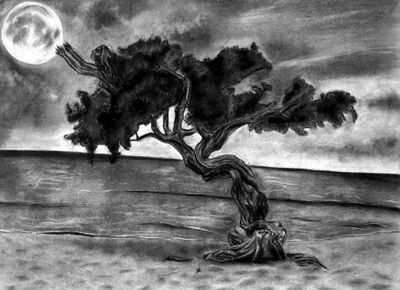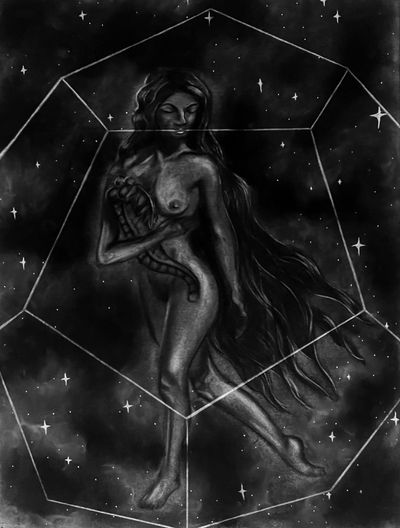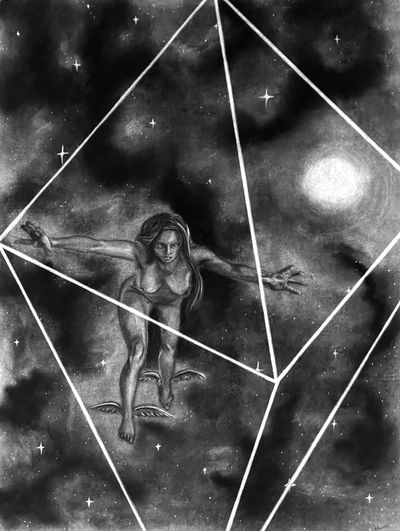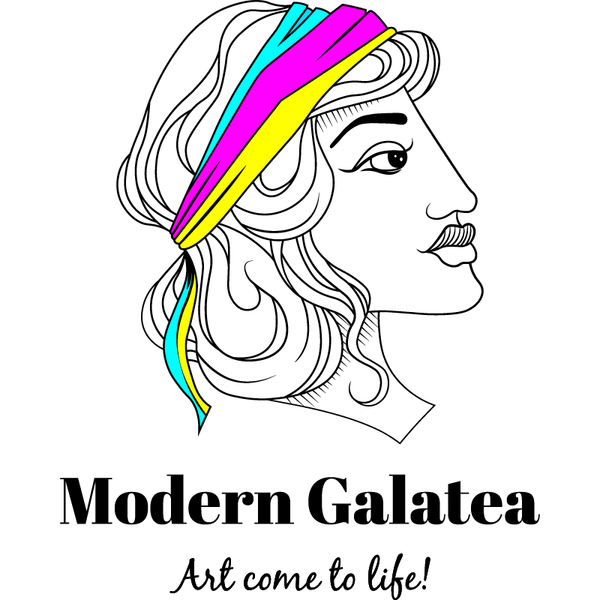Trilogía El Celestial Oculto (Venus)
Inspirada en el libro de Kepler, Mysterium Cosmographicum (1596), tomé su teoría planetaria inicial y la antigua asociación de la naturaleza con lo femenino. En geometría, siempre he amado los Sólidos Platónicos, y realmente disfruté cómo Kepler los incorporó en su libro sobre los planetas. También usé simbología adicional para completar cada pieza y hacerla más completa e identificable. Esta es la representación de Venus, encerrada en su órbita como lo describió Kepler, un icosaedro. Carboncillo sobre papel Strathmore de peso medio de 18 por 24 pulgadas.
Año
2024
Medio
Carboncillo
Temas
¿Te interesa esta pieza?
Contáctame para discutir la compra, encargos, o para aprender más sobre esta obra.
Contactar ArtistaMás de Carboncillo

Anhelo de lo Imposible
2017
El árbol Dividivi (también conocido como Watapana) de Aruba me inspiró a dibujar esta pieza. Lo dibujé para una tarea de clase que pedía un dibujo de paisaje psicológico. Me tomó 7.5 horas en total. Carboncillo sobre papel Strathmore de peso medio de 18 por 24 pulgadas.

Trilogía El Celestial Oculto (La Tierra)
2024
Inspirada en el libro de Kepler, Mysterium Cosmographicum (1596), tomé su teoría planetaria inicial y la antigua asociación de la naturaleza con lo femenino. En geometría, siempre he amado los Sólidos Platónicos, y realmente disfruté cómo Kepler los incorporó en su libro sobre los planetas. También usé simbología adicional para completar cada pieza y hacerla más completa e identificable. Esta es la representación de la Tierra, encerrada en su órbita como lo describió Kepler, un dodecaedro. Carboncillo sobre papel Strathmore de peso medio de 18 por 24 pulgadas.

Trilogía El Celestial Oculto (Mercurio)
2024
Inspirada en el libro de Kepler, Mysterium Cosmographicum (1596), tomé su teoría planetaria inicial y la antigua asociación de la naturaleza con lo femenino. En geometría, siempre he amado los Sólidos Platónicos, y realmente disfruté cómo Kepler los incorporó en su libro sobre los planetas. También usé simbología adicional para completar cada pieza y hacerla más completa e identificable. Esta es la representación de Mercurio, encerrada en su órbita como lo describió Kepler, un octaedro. Carboncillo sobre papel Strathmore de peso medio de 18 por 24 pulgadas.



